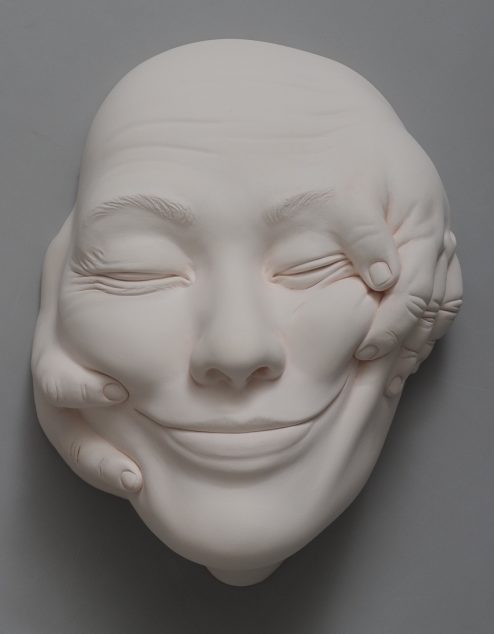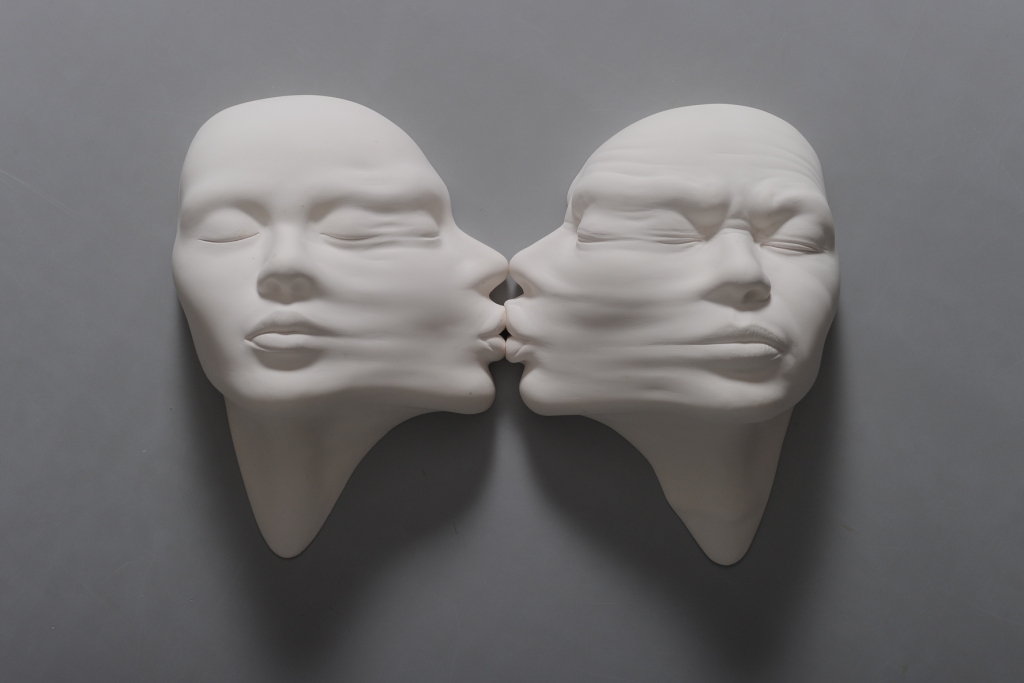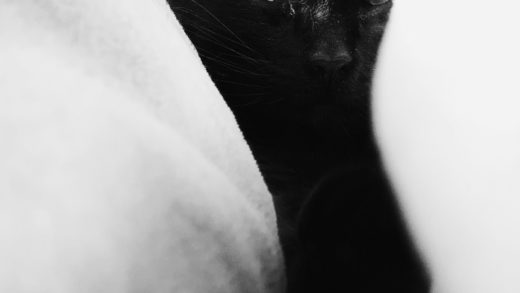There must be some readers who already have experienced this type of dream and don’t know its definition, mysterious in its scope. The premise of having a lucid dream, however, is very simple: it is a dream that we recognize as a dream while we are dreaming and besides that, we manage to do things we would do if we were awake. Has it happened to you?
With a quick internet search, we can find studies that suggest approximately 55% of the adult population in the world has had a lucid dream at least once in their life and at least 23% of the same population is experiencing this type of sleep at least once a month. I’ve had countless, some even intentionally. There are studies that say we can induce this type of dream.
Whenever I have this kind of dream I’m barefoot, I feel the temperature and texture of the floor. One of the most real experiences was when I was on Mount Maunganui in New Zealand.
I had arrived in the city in the afternoon, and while headed straight to the house where I was staying, I didn’t have the opportunity to get to know the neighborhood. I thought about having a walk around while I was awake because I wanted to, but at night, while I was sleeping and in my dream, I went out barefoot to walk around the neighborhood. I went down the wooden stairs of the house, walked through the garage until I reached the sidewalk, and went down the street, looking at houses with open front yards and the tree-lined street, passing the roundabout at the end of the street, and walking until I reached the avenue facing the beach.
After waking up the next day and while I was walking through the neighborhood, the feeling of having already been there was immediate, and this made me remember the lucid dream of the night before. This has happened to me before, but not with such striking reality, I was a little scared by the realization and I was assimilating what happened for days, remembering my dream.
Research indicates that lucid dreams can bring benefits to our mental health, helping us to create a safe space for reflection and problem solving; lucid dreams can also help us to be more creative and even face our fears.
Lucid dreams have been a space for inspiration for many artists in the most diverse disciplines, musicians, writers, cineasts, and plastic artists.
Reading this, you might be thinking of the film Inception by Cristopher Nolan, in which Leonardo DiCaprio stars brilliantly and takes us on a series of lucid dreams, with the mission to plant an idea in another person’s mind within and through the dream.
While the power to invade the dreams of others might remain a Hollywood mission and in a more real way, studies claim that it is possible to exercise the ability to remain aware of our own dreams and that maintaining the indicated levels of vitamin B6 in your body could help to have a clearer memory of your dreams.
Interested to know how our sleep works?
Our sleep is not a constant process and we go through 5 stages in a not necessarily linear order. We start at stage 1 (which lasts between 1-5 minutes, light sleep), reach stage 2 (where we stay for 10-60 minutes, with our body further relaxing), 3 (which lasts between 20-40 minutes and is kind of an introduction to deep sleep), and 4 (which lasts between 20-60 minutes and is considered the stage of deep sleep). From stage 4, we go back to 3, 2 and then straight to stage 5, known as REM (Rapid Eye Movement, a phase in which the dream occurs and where your lucid dream can happen). From there and moving back to stage 1 we restart the cycle, which means that we can dream several times throughout the night.
There are several studies that propose different ways to enter a lucid dream, the psychophysiologist Steve LaBerge proposes that if we wake up in the morning, we stay awake for a while and then go back to sleep, we possibly go straight into a REM phase and a lucidity of the dream will be more likely.
Lucid Dreams and Creativity
The Rapid Eye Movement stage in its acronym gave the name to the North American rock band, R.E.M., which was active between 1980 and 2011, the band’s vocalist, Michael Stipe, in 1987 wrote the song “It’s the End of the World as We Know It (And I Feel Fine)” after having a dream. In 1992, Michael Stipe stated in an interview:
“I’m extremely aware of everything around me, whether I am in a sleeping state, awake, dream-state or just in day to day life, so that ended up in the song along with a lot of stuff I’d seen when I was flipping TV channels. It’s a collection of streams of consciousness.”
(Michael Stipe)
And there are even more examples of artists getting inspired possibly by their lucid dreams. Having released “Purple Haze”, Jimi Hendrix said he wrote the song after a dream he had about Philip José Farmer’s sci-fi book “Night of Light”. A Beatles classic, “Yesterday” was composed in the moment Paul McCartney woke up in the middle of the night, playing on his piano and wondering if he had plagiarized the melody he was playing; it took a while for him to convince himself that it was his authorship, and once he had done so he wrote the lyrics to it. And this was not the only time that a dream inspired Paul, it was after a dream he had with his mother, shortly before the Beatles split that the musician wrote the song “Let it Be”.
Dreams also inspired John Lennon in his solo career in the song #9 Dream, and so many other artists like Johnny Cash in “The Man Comes Around”, Brandon Flowers of The Killers who wrote “Enterlude” after dreaming about Kurt Cobain. Another example comes from “The Prophet’s Song” by Queen, after contracting hepatitis due to a contaminated needle and with a very high fever, guitarist Brian May was inspired by a composition during his dreams. The list of artists who had insights or even created their songs during their dreams does not stop here and this is not a privilege only for musicians.
Born in Hong Kong in 1960, self-taught artist Johnson Tsang employs realistic sculptural techniques accompanied by his incredible surreal imagination. Specializing in ceramics, stainless steel sculpture and public artwork, Tsang pushes the limits of the viewer’s imagination.
I have been following the work of this artist for some time now and over the years I admire it even more. In his series “Open Mind” the artist attracted a lot of my attention and I started to follow him, a while later he started to show a series that he named “Lucid Dream” was then that he gained my full attention and I already caught myself for hours admiring and doing my own reading of his works.
“The idea came from my dreams. For years, I wrote my dreams. I turned some weird dreams into ideas. Sometimes ideas came out of meditation. As ideas did not originate from my consciousness. I found this fascinating; after the first one was done, it felt like my dreams came true.”
(Johnson Tsang)
It seems that dreams are something that really intrigue Tsang, as he even created a second series of stunning sculptures “Lucid Dream II”.
Are ready to dream?





